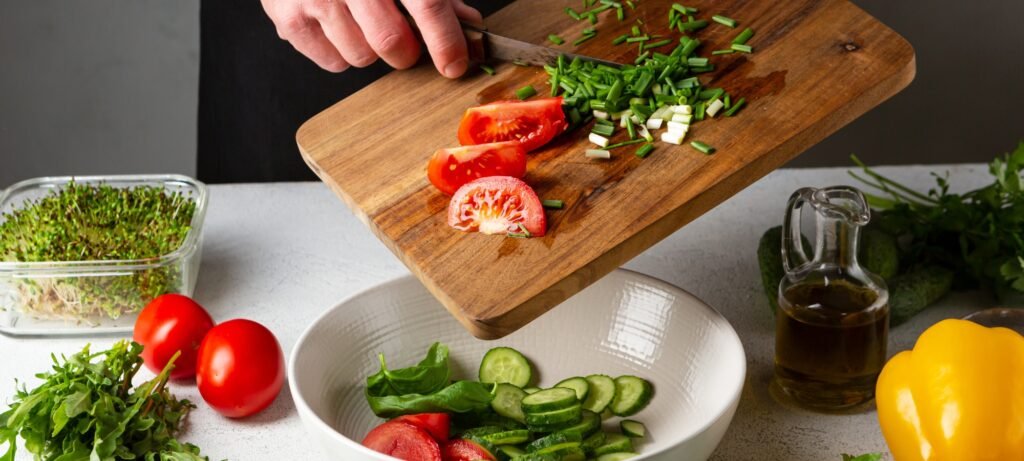Eating healthy without cooking is not only possible but can be simple, affordable, and delicious. Whether you lack cooking skills, live in a dorm, or simply don’t have time for meal preparation, you can still maintain a nutritious diet. This guide provides practical strategies for creating balanced meals using fresh ingredients, smart shopping techniques, and minimal preparation. From protein-packed salads to energizing breakfast options, discover how to fuel your body with wholesome foods while saving time and avoiding kitchen stress completely.
Smart Shopping Strategies for No-Cook Meals
Success in healthy no-cook eating begins at the grocery store. Strategic shopping ensures you have nutritious options readily available without requiring any preparation beyond simple assembly.
1. Pre-Cut and Pre-Washed Produce

Investing in pre-cut vegetables and pre-washed greens eliminates the biggest barrier to healthy eating: preparation time. While slightly more expensive, these convenience items provide immediate access to nutrients without any chopping, washing, or prep work. Choose pre-cut bell peppers, carrots, celery, and broccoli for instant snacking or salad additions. Pre-washed spinach, mixed greens, and kale serve as perfect bases for quick meals. Store these items properly in airtight containers to maintain freshness and maximize your investment in convenient, healthy options.
2. Quality Frozen Options

Frozen fruits and vegetables retain their nutritional value and require zero preparation beyond thawing. Stock your freezer with frozen berries for smoothies, frozen vegetable medleys for quick additions to meals, and frozen fruit for natural desserts. Choose brands without added sugars or sauces to maintain health benefits. Frozen edamame provides plant-based protein that only requires thawing, while frozen fruit can be eaten straight from the package or added to yogurt and oatmeal. These options ensure you always have nutritious ingredients available, regardless of fresh produce spoilage concerns.
3. Canned Goods Done Right
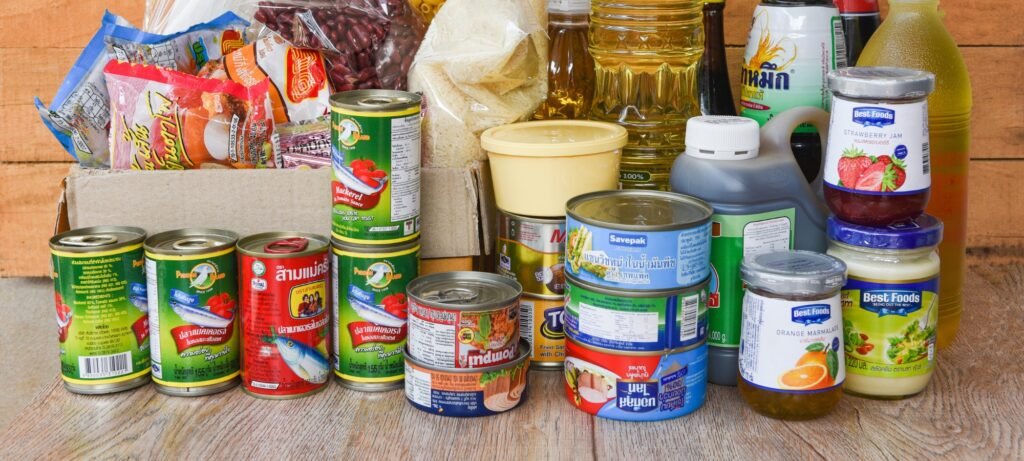
Select high-quality canned goods that prioritize nutrition over convenience additives. Choose beans rinsed to reduce sodium, canned fish packed in water rather than oil, and vegetables with no added salt. Canned salmon, sardines, and tuna provide excellent protein sources requiring no preparation. Chickpeas, black beans, and lentils offer plant-based protein and fiber. Look for BPA-free cans and organic options when possible. These shelf-stable ingredients form the foundation of countless no-cook meals while providing essential nutrients, protein, and fiber without any cooking requirements whatsoever.
Quick Assembly Meals That Require Zero Cooking
Creating satisfying, nutritious meals without cooking involves smart ingredient combinations that provide balanced nutrition and appealing flavors through simple assembly techniques.
1. Power-Packed Salad Combinations
Transform basic salads into complete meals by layering complementary ingredients that provide protein, healthy fats, complex carbohydrates, and essential vitamins. Start with nutrient-dense greens, add colorful vegetables for antioxidants, include protein sources for satiety, and finish with healthy fats for absorption of fat-soluble vitamins. Combine different textures and flavors to create satisfying meals that feel substantial rather than sparse. Think beyond traditional lettuce-based salads to include grain-free options, vegetable-based combinations, and creative ingredient pairings that deliver complete nutrition without requiring any cooking or complex preparation techniques.

Protein-Rich Salad Bases
Build satisfying salads around high-quality protein sources that require no cooking. Canned salmon, sardines, or tuna provide omega-3 fatty acids and complete proteins. Hard-boiled eggs from the store’s prepared section offer convenient protein and healthy fats. Pre-cooked rotisserie chicken, sliced turkey, or ham provide lean protein options. Plant-based proteins include canned beans, chickpeas, and lentils that add fiber alongside protein. Cheese, nuts, and seeds contribute additional protein while enhancing flavor and texture. These protein foundations transform simple salads into complete, satisfying meals that provide sustained energy and essential amino acids.
Healthy Fat Additions
Incorporate healthy fats that enhance nutrient absorption while adding flavor and satiety to no-cook meals. Avocados provide monounsaturated fats, fiber, and creamy texture that makes salads more satisfying. Nuts and seeds offer healthy fats, protein, and crunch – try almonds, walnuts, pumpkin seeds, or sunflower seeds. Extra virgin olive oil-based dressings provide beneficial fats while enhancing flavor. Olives contribute healthy fats and Mediterranean flavors. These additions ensure your body can absorb fat-soluble vitamins while creating more satisfying meals that keep you full longer and prevent unhealthy snacking between meals.
2. No-Cook Breakfast Solutions
Start your day with nutritious options that require minimal preparation while providing sustained energy and essential nutrients for optimal morning performance and sustained satiety.
Overnight Oats Variations
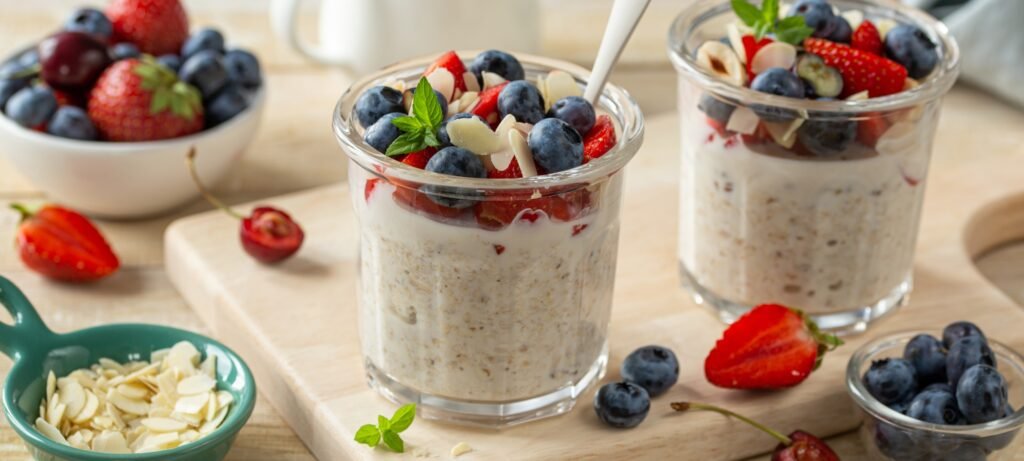
Prepare nutritious breakfasts the night before using rolled oats, liquid, and healthy additions. Combine oats with milk, yogurt, or plant-based alternatives, then add fruits, nuts, seeds, and natural sweeteners. Popular combinations include banana-peanut butter, berry-almond, or apple-cinnamon variations. The oats soften overnight, creating a creamy, pudding-like texture that’s ready to eat in the morning. Add protein powder for extra nutrition, chia seeds for omega-3s, or fresh fruit for vitamins. This make-ahead approach ensures you have healthy breakfast options ready without morning preparation time or cooking requirements.
Greek Yogurt Parfaits
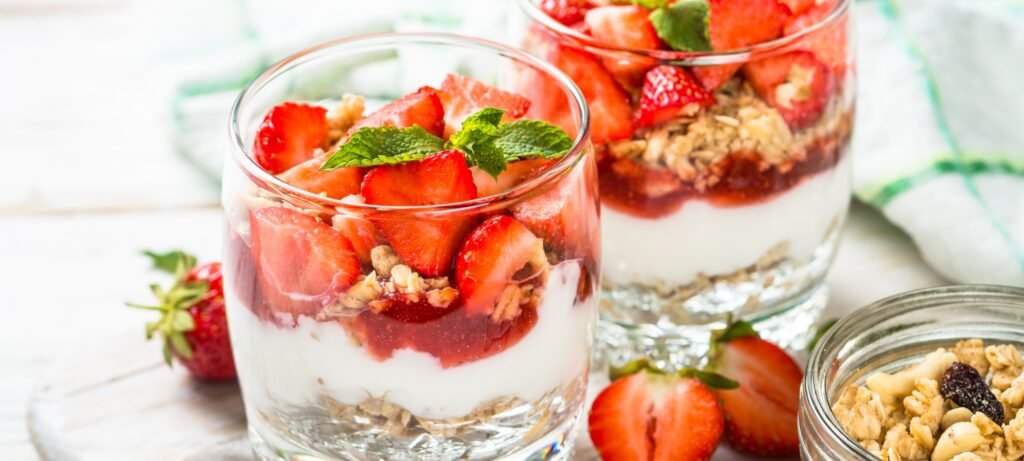
Layer Greek yogurt with fresh or frozen fruits, nuts, seeds, and granola for protein-rich breakfast options. Greek yogurt provides probiotics and significantly more protein than regular yogurt, promoting digestive health and sustained energy. Add berries for antioxidants, nuts for healthy fats, and a drizzle of honey for natural sweetness. Create different flavor combinations using seasonal fruits or frozen options when fresh isn’t available. The layering technique creates visual appeal while ensuring each bite contains balanced nutrition. These parfaits can be assembled quickly or prepared in jars for grab-and-go convenience throughout busy weekdays.
Store-Bought Shortcuts That Don’t Compromise Health
Leverage high-quality prepared foods that maintain nutritional integrity while eliminating cooking requirements, focusing on options with minimal processing and clean ingredient lists.
1. Rotisserie Chicken and Pre-Cooked Proteins

Rotisserie chicken from grocery stores provides convenient, high-quality protein without cooking requirements. Remove the skin to reduce sodium and calories while maintaining protein content. Use the meat in salads, wraps, or paired with fresh vegetables for complete meals. Other pre-cooked options include grilled chicken strips, hard-boiled eggs, and pre-cooked shrimp. These proteins save significant time while providing essential amino acids necessary for muscle maintenance and overall health. Choose options with minimal additives and seasonings to control sodium intake while maximizing nutritional benefits from these convenient protein sources.
2. Healthy Pre-Made Options
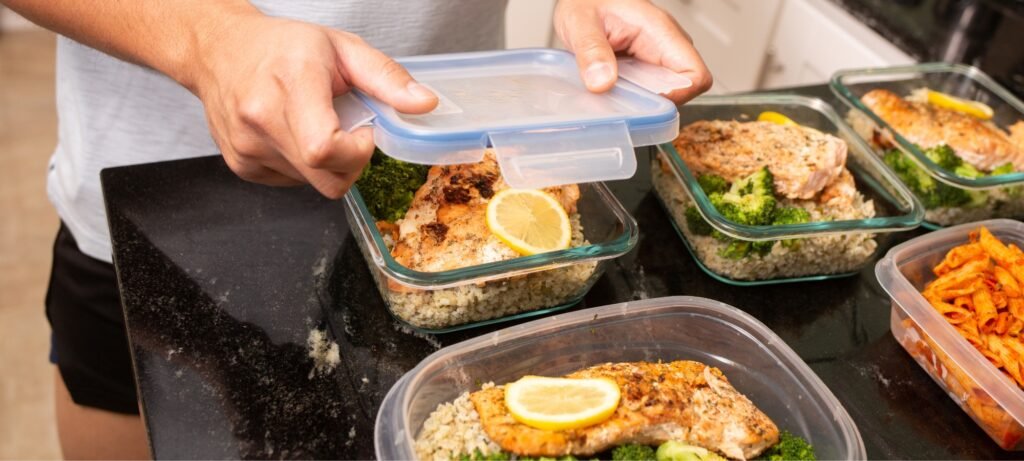
Select carefully prepared foods that prioritize nutrition over convenience additives. Look for fresh salads with ingredients you recognize, pre-made hummus from quality brands, and vegetable-based dips. Choose pre-made soups with low sodium and minimal preservatives, or refrigerated options that taste homemade. Avoid heavily processed items with long ingredient lists or artificial additives. Focus on items that would spoil relatively quickly, indicating minimal processing. These shortcuts can supplement fresh ingredients while providing variety and convenience without compromising your commitment to healthy eating and nutritional goals.
3. Quality Condiments and Dressings
Invest in high-quality condiments and dressings that enhance flavor without adding excessive sodium, sugar, or artificial ingredients. Choose extra virgin olive oil-based dressings, tahini-based sauces, and avocado-oil mayonnaise. Look for options with short ingredient lists featuring recognizable components. Quality mustards, vinegars, and hot sauces can transform simple ingredient combinations into flavorful meals. Avoid dressings with high fructose corn syrup or excessive preservatives. These flavor enhancers make healthy eating more enjoyable while maintaining nutritional integrity, encouraging consistent healthy choices rather than bland, unsatisfying meals that lead to unhealthy alternatives.
Essential Kitchen Tools for No-Cook Success
Equip your kitchen with basic tools that facilitate healthy eating without cooking, focusing on items that enhance food safety, storage, and simple preparation techniques.
1. Basic Equipment You Actually Need
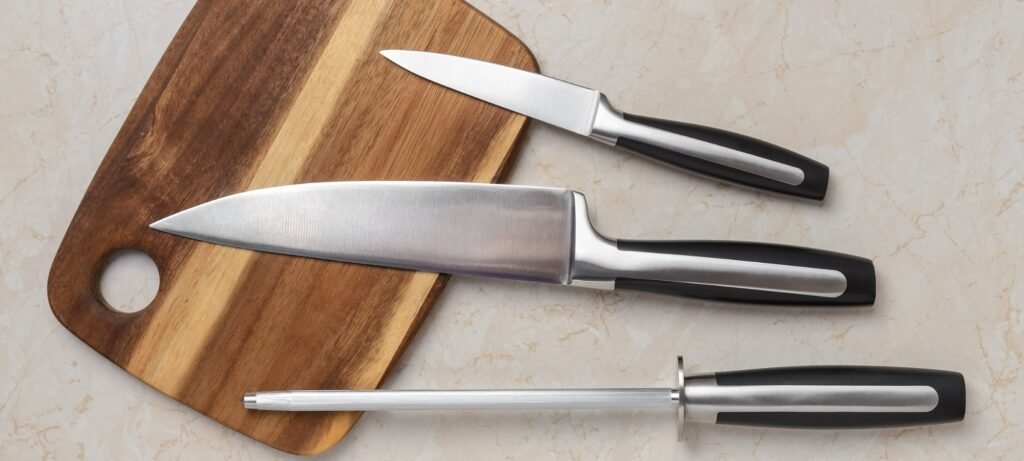
Invest in a few essential tools that maximize your no-cook capabilities without cluttering your kitchen. A high-quality knife and cutting board enable basic prep work like slicing avocados or chopping herbs. A can opener, measuring cups, and mixing bowls facilitate simple assembly tasks. A salad spinner keeps greens fresh longer, while a citrus juicer enhances flavor in dressings and marinades. Storage containers maintain ingredient freshness and enable meal prep. These basic tools provide everything necessary for healthy no-cook eating without requiring expensive appliances or extensive kitchen equipment that complicates rather than simplifies your healthy eating approach.
2. Food Storage Solutions
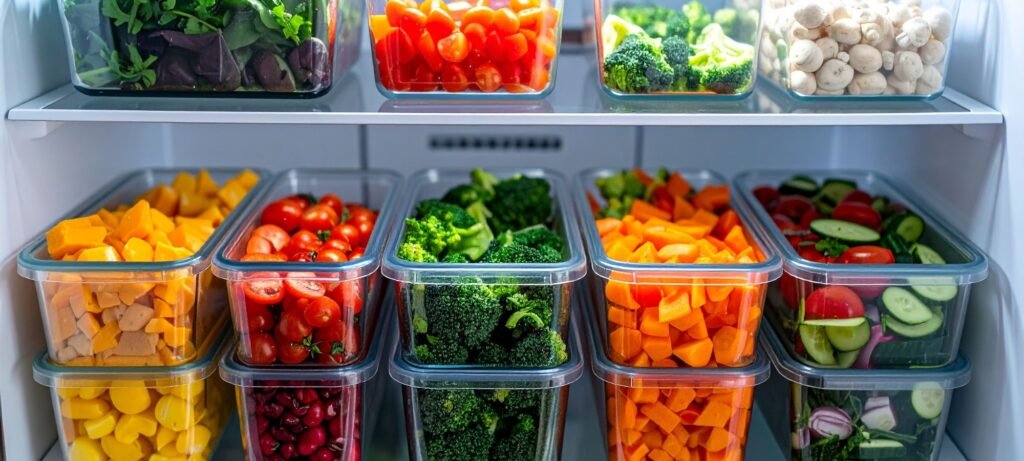
Proper storage extends ingredient freshness and reduces food waste while maintaining food safety standards. Invest in airtight containers for storing opened canned goods, cut vegetables, and assembled salads. Glass containers are ideal for acidic ingredients and microwave reheating. Produce storage bags with ventilation keep fruits and vegetables fresh longer. A well-organized refrigerator with designated areas for different food types prevents spoilage and makes meal assembly more efficient. Proper storage techniques ensure your investment in healthy ingredients doesn’t go to waste while maintaining food safety standards essential for consuming uncooked foods safely.
Meal Prep Without the Prep Work
Organize your healthy eating approach through strategic planning and batch assembly techniques that minimize daily decision-making while ensuring nutritious options are always available.
1. Weekly Planning Strategies
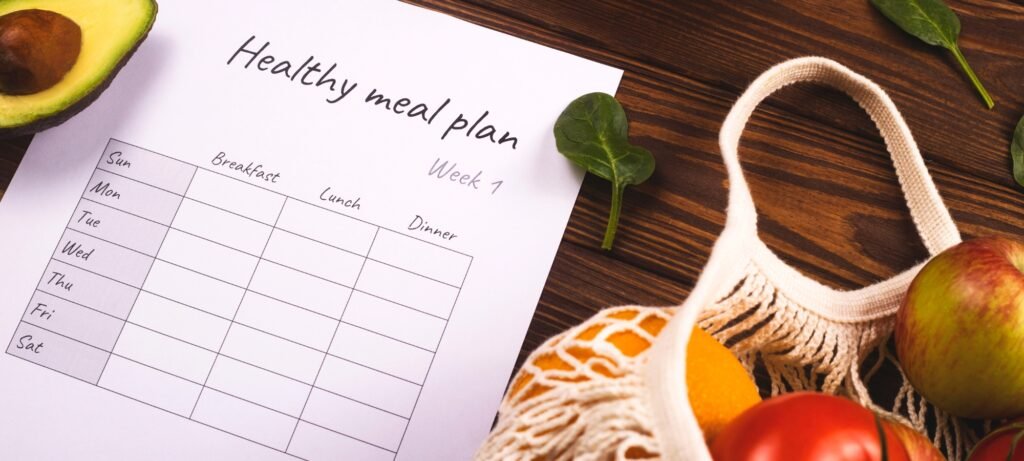
Plan your no-cook meals around sales, seasonal produce, and your weekly schedule to ensure success without daily stress. Create a simple weekly menu featuring different combinations of proteins, vegetables, and healthy fats. Shop with a list organized by store sections to minimize shopping time. Consider your schedule when planning – choose grab-and-go options for busy days and more elaborate assemblies for relaxed meals. Planning prevents impulse purchases of unhealthy convenience foods while ensuring you have necessary ingredients for nutritious meals. This proactive approach eliminates daily decision fatigue while supporting consistent healthy eating habits throughout challenging weeks.
2. Batch Assembly Techniques
Prepare components in batches to streamline daily meal assembly while maintaining freshness and food safety. Wash and chop vegetables once weekly, storing them properly for daily use. Pre-portion proteins, nuts, and seeds into serving sizes. Prepare several days’ worth of overnight oats or chia puddings simultaneously. Mix large batches of salad dressings or marinades for the week. This batch approach minimizes daily preparation time while ensuring healthy options are readily available. Focus on components that maintain quality when prepared in advance, avoiding items that spoil quickly or lose texture when stored prepared.
Common Mistakes to Avoid When Eating Healthy Without Cooking
Avoid pitfalls that undermine your healthy eating goals by recognizing common errors in no-cook approaches. Don’t rely exclusively on processed convenience foods, even healthy ones, as variety ensures balanced nutrition. Avoid skipping protein sources that lead to unsatisfying meals and unhealthy snacking. Don’t ignore food safety principles for uncooked foods – wash produce thoroughly and store perishables properly. Resist the temptation to eat the same combinations repeatedly, as dietary variety provides different nutrients and prevents boredom. Plan ahead to avoid expensive last-minute purchases or unhealthy choices when healthy options aren’t readily available in your kitchen.
- Homemade Veggie Nuggets Recipe - November 30, 2025
- Kaiser Rolls Recipe - November 29, 2025
- Fried Green Beans Recipe - November 28, 2025

